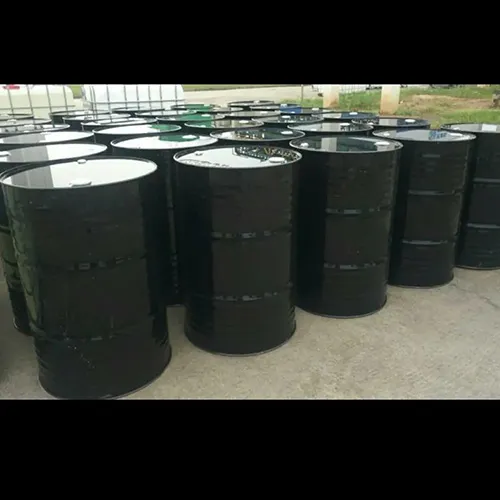n formylmorpholine


Furthermore, the environmental footprint of N-formylmorpholine is a growing concern within the sustainability-focused segments of the chemical industry. Experts advocate for the adoption of closed-loop systems that capture and recycle NFM, thus reducing waste and minimizing its impact on the environment. Implementing environmentally conscious practices not only aligns with regulatory expectations but also supports the sustainable evolution of chemical manufacturing processes. In research and development, professionals are exploring innovative applications of N-formylmorpholine that could further extend its utility across unexpected sectors. Emerging studies suggest potential in biocatalysis and renewable energy applications, proving the versatility and adaptability of this compound. As more researchers and industries turn their attention to NFM, its future seems poised for expansion beyond traditional uses, opening doors to novel advancements and cross-industry collaborations. In conclusion, the multifaceted applications and benefits of N-formylmorpholine highlight its indispensable role across various industries. Its effectiveness as a solvent presents opportunities for optimized processes and cost efficiencies, while safety considerations and environmental impacts necessitate informed strategies and sound expertise. As industries strive to innovate and adapt, NFM remains integral to both current practices and future developments. Understanding its properties and applications is essential for professionals seeking to harness this compound's full potential, ensuring its continued relevance and contribution to industrial and scientific progress.
Post time: Fév . 20, 2025 01:49
Prev:
Next:


















